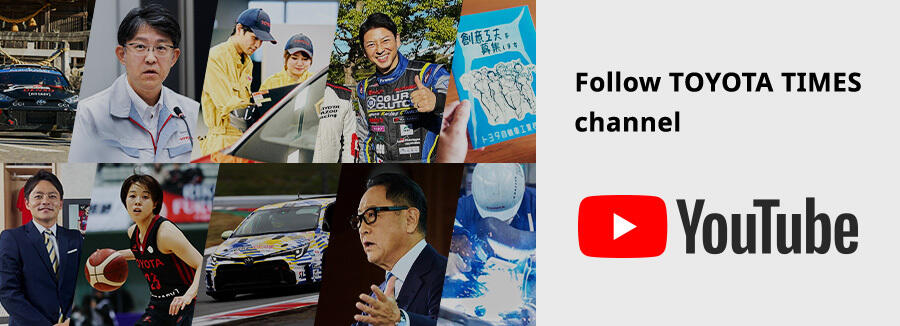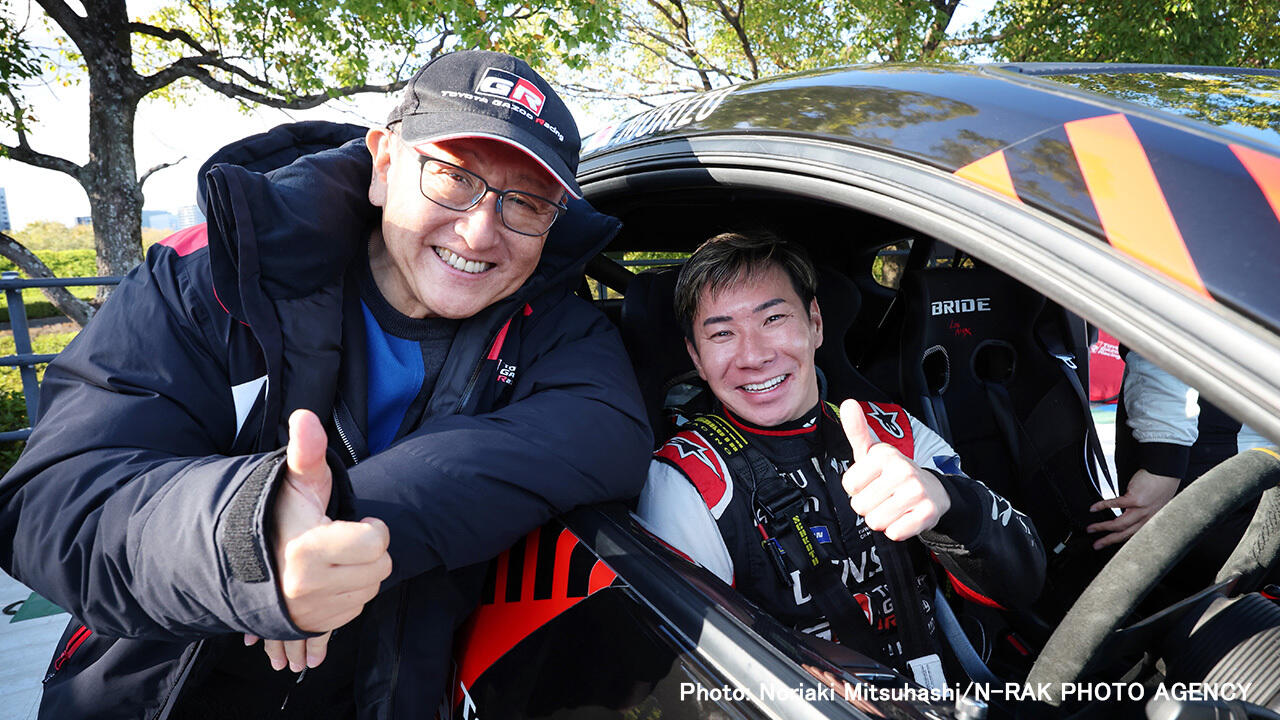
The recent Rally Challenge Toyota featured a big-name newcomer, with Kamui Kobayashi making his first appearance. Morizo assigned co-driving duties to automotive analyst Shinya Yamamoto, giving him a front-row view of the action.
Being picked as Kamui’s co-driver
A year later, in November 2024, I received a call from Satoshi Toyooka, alternate general manager of the Advanced Technical Skills Institute Division (general manager: Morizo). He informed me that Kamui was going to take part in Rally Challenge and asked me to be a co-driver.
So, he had been serious that day! Alongside my surprise, I couldn’t help but wonder why I was asked to be Kamui’s co-driver.
I had been entering in Rally Challenge since 2018, and in 2022 I began co-driving for Vice Chairman Shigeru Hayakawa, who was a development driver for the GR Yaris DAT at TGR-WRG*.
*TOYOTA GAZOO Racing World Rally Gamagori, referring to KIZUNA, the Toyota Group’s training facility in Gamagori City, Aichi.
Naturally, I had assumed that we would also be pairing up for Rally Challenge Toyota. But as it turned out, Morizo had other plans.
“I’ve put you as close to the action as possible, so you can cover Kamui,” he told me. “Nori (Norihiko Katsuta) will take over as Hayakawa’s co-driver, and you’ll be riding in my GR Yaris (#104). Everything’s set to go (laughs).”
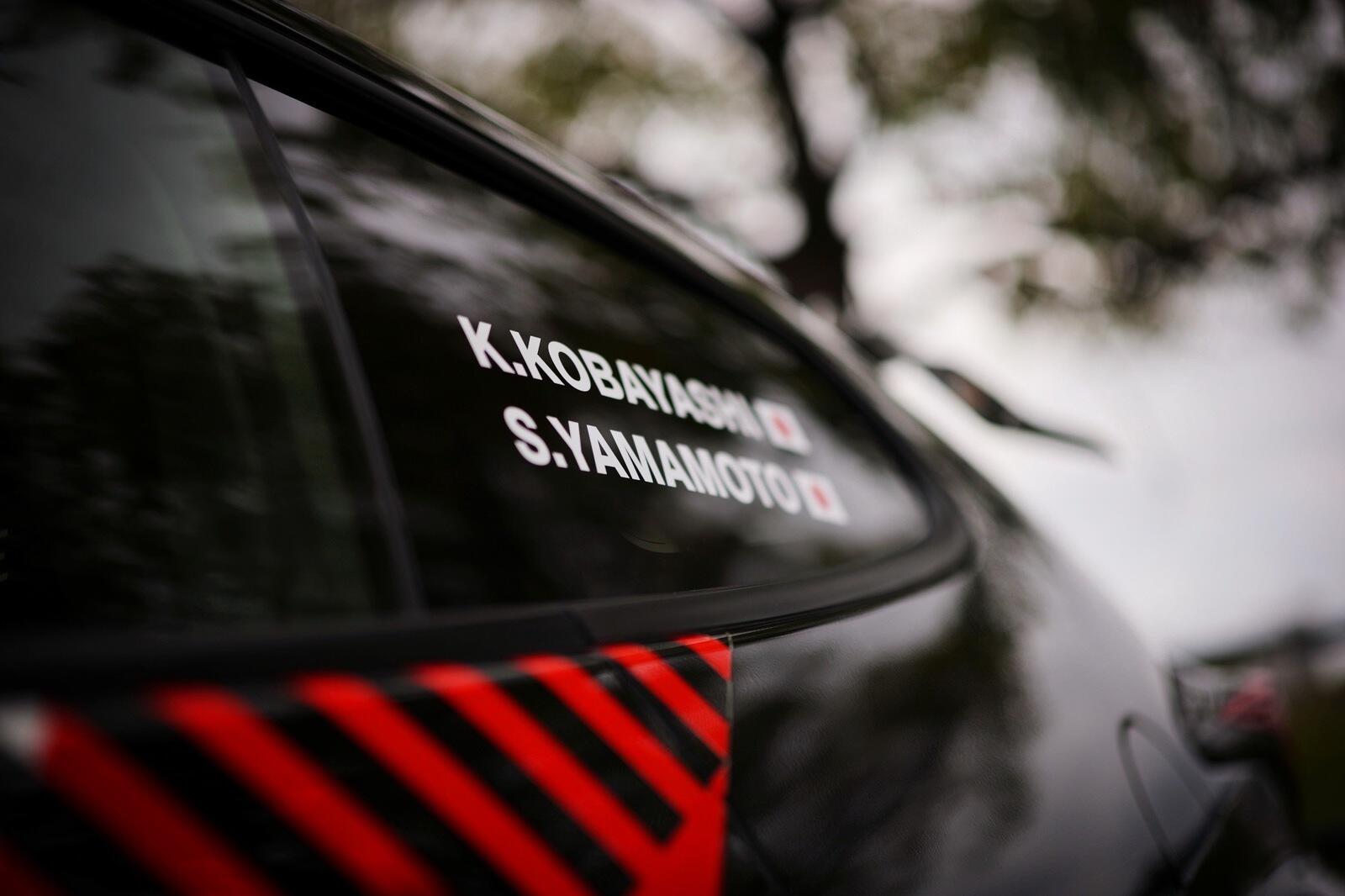
Ever-better motorsports
And that was the start of this audacious project: a racing driver teaming up with a motoring journalist to report on a rally event, while also taking part.
My first question was, “Why did you decide to try your hand at rally?” Starting with karts at the age of nine, Kobayashi had always competed in circuit racing categories.
Kamui Kobayashi
There are three main reasons. First, rally takes place on regular public roads. I never had the chance to speed full throttle down mountain roads, and I wanted to try it out of curiosity.
Second, I had never experienced an open-entry motorsports event. By taking part and sharing that excitement with others, I hope that I can get more people into cars and motorsports.
And third, as a professional driver, I can no longer just enjoy races, and I wanted to taste that feeling again.
Even as he competes regularly in WEC and Super Formula, Kamui also races in other motorsports categories, including Formula E and NASCAR. Were his reasons the same as this foray into rally?
Kamui Kobayashi
I look at these more from the perspective of a team principal than a driver. By trying various races for myself, I can see the good and the bad in each. I think I can draw on that experience in running our motorsport operations.
For example, NASCAR has around 30 races a year. How do they manage that?
In fact, they only have 25 minutes of practice on Saturday and get straight into the qualifying, with no racing on Sundays.
To do that, the kind of setup work we normally do at the racetrack is mostly completed before leaving the factory.
Basically, if we don’t need to do everything on site, it eases the workload for mechanics and lets us do more races.
In WEC, we also use simulations to finalize setups before races, but in NASCAR they do it with greater precision.
NASCAR tends to be seen as an analog sport, but behind the scenes, it is incredibly high-tech.
This was something I only learned through experience. It makes me think that we could transform racing by bringing such aspects over into other categories.
In this regard, Kamui is like Morizo, never content with the status quo and constantly exploring ways to make motorsports better.
The remarkable thing about Kamui is that despite being a world-class driver competing at the top level, when tackling a new category, he is committed to starting with the basics.
For first-timers, Rally Challenge runs a session on race etiquette, and of course, Kamui was there. “I’m not here as a professional driver, but as a novice,” he told me, asking many in-depth questions. In eagerness to learn, he was second to none.
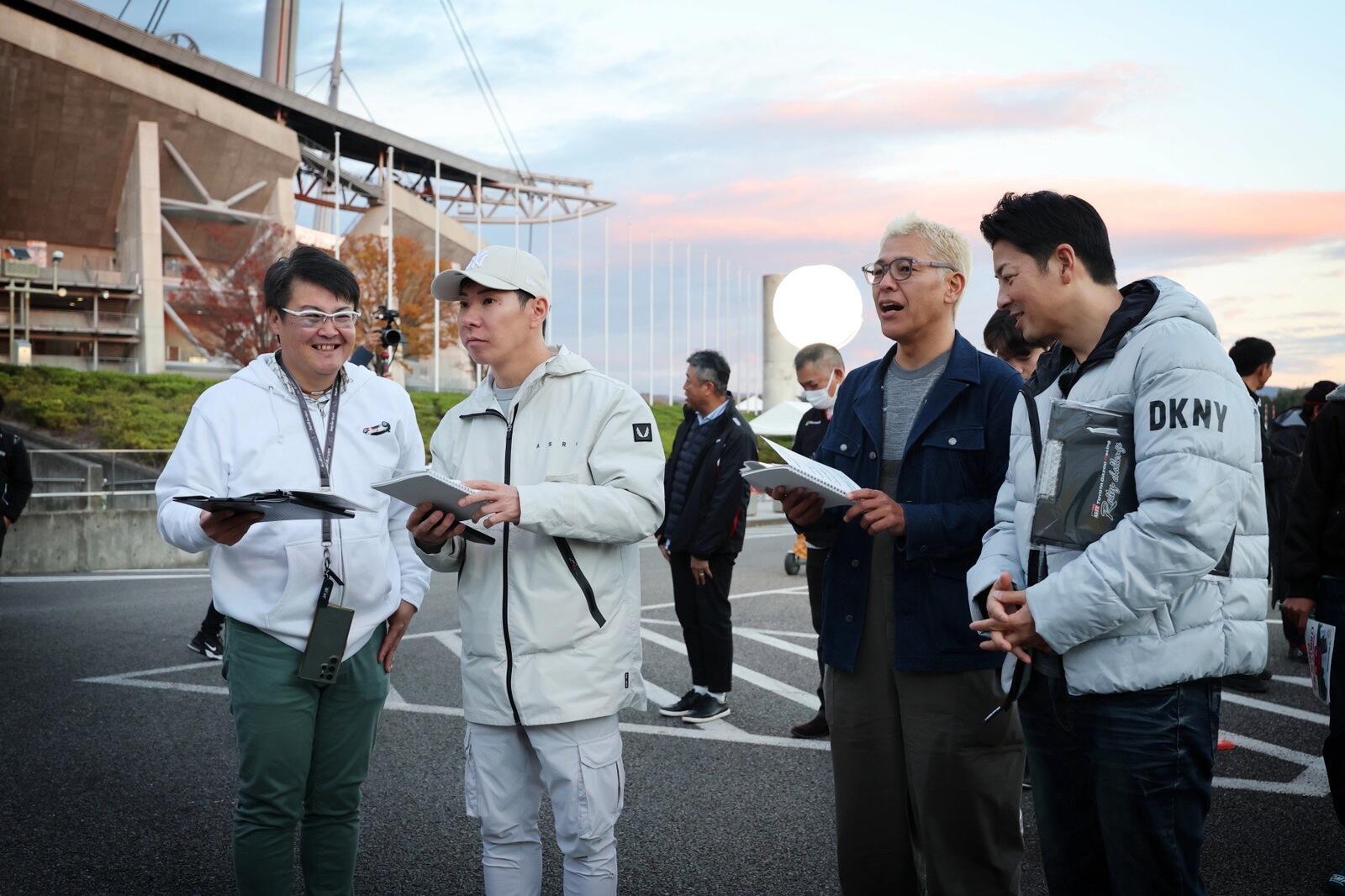
This has always been his approach. When Kamui drove the hydrogen-engine Corolla in the Super Taikyu 24-hour race in 2021, he attended the beginner’s briefing despite knowing more about endurance racing than anyone else in Japan. Likewise, when entering a GR Supra GT4 Evo in the 2024 NLS (Nürburgring endurance series), he put in the classwork and track time to obtain his license along with the other drivers.
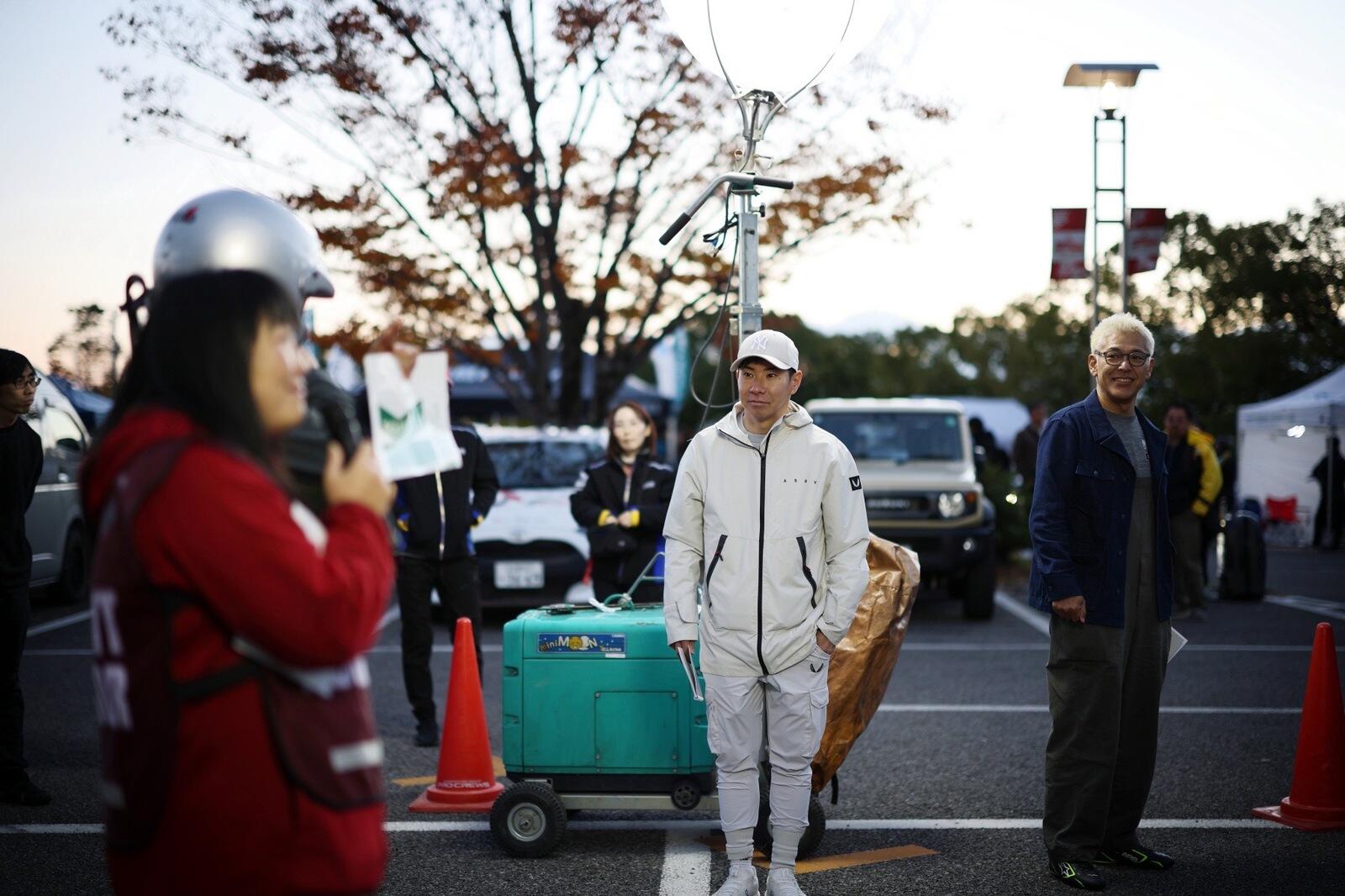
When it comes to safety in racing, Kamui knows the importance of learning to be prepared. This is one area where he will never compromise.
The only time he stood out from the pack was during the license check for participants. When he presented a special license none of us had ever seen—a reminder that Kamui was indeed on a different level.
We spent the day before the rally (Saturday) doing recce and preparing pace notes.
“I usually drive solo, so this feels kind of strange,” Kamui told me. “Too much information while I’m driving is going to do my head in, so let’s stick to simple directions (laughs).” Despite what he says, Kamui’s instructions on cornering angles and lines made it hard to believe this was his first rally.
Even though the recce drives are taken well below race speed, he amazed me by instantly reading the characteristics of Morizo's car, saying, “Since it’s set up to run nicely on dirt, it might not turn too well on paved roads.”
At the same time, Kamui worried about being able to make good use of the handbrake— “We never touch it in racing”—yet he seemed to be enjoying himself.
In the liaison sections, Morizo reminded me that I was there to write about Kamui, so I threw in some tougher questions as well.
The WEC team that Kamui leads is one of TGR’s key motorsport operations, right up there alongside the WRC, but unfortunately, I don’t feel they are doing a great job of conveying the importance and excitement of endurance racing.
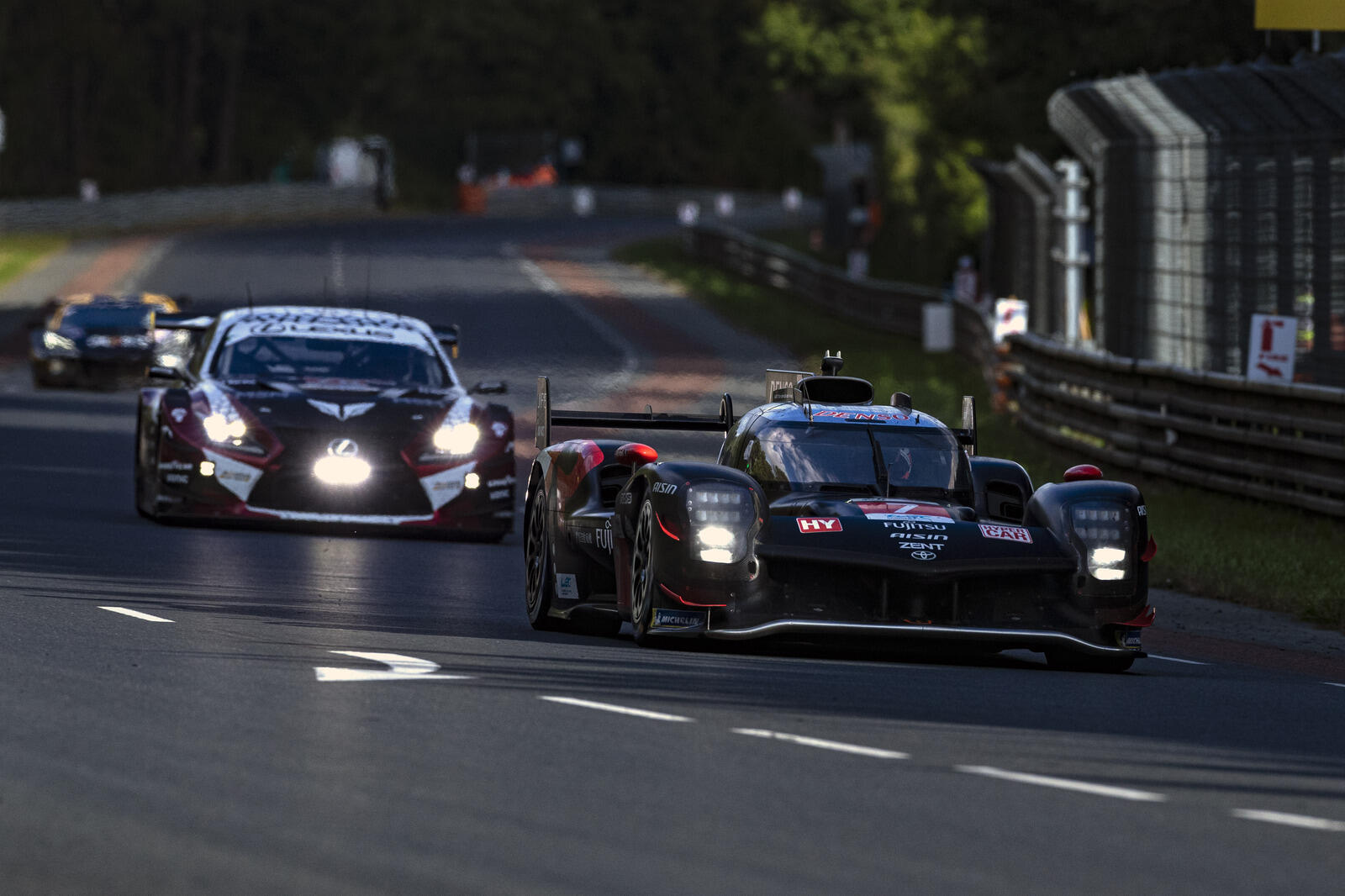
Morizo himself says, “The WEC team is and always has been professional, but personally the ideal that I aim for is a professional team that feels like a family. That’s what our WEC team is lacking.”
In my reporting on various scenes, I’ve formed the same opinion. I asked Kamui for his honest opinion.
Kamui Kobayashi
You’re right in saying that, and we recognize this as a major challenge for us. We haven’t found the answer, but one thing I can say is that, while our main goal in WEC is to win, victory isn’t everything.
I also believe we must redefine the purpose of TGR-Europe (Cologne), which serves as Toyota’s WEC base.
Even though I’m sure many of our technologies can be incorporated into mass-production vehicles, unfortunately collaboration is extremely limited.
Essentially, we need to be more conscious of TGR-E as part of Toyota. At the same time, I think we have to change how we communicate with the media.
Instead of merely sharing how the races are going, we need to be clearer about why we are racing, and what we are trying to convey through competition.
That is something you lose sight of when you’re on the inside, so I want people like yourself to tell us honestly how things look from an outside perspective.
So please come and cover more of WEC, not just the WRC and Nürburgring 24 Hours (laughs).

